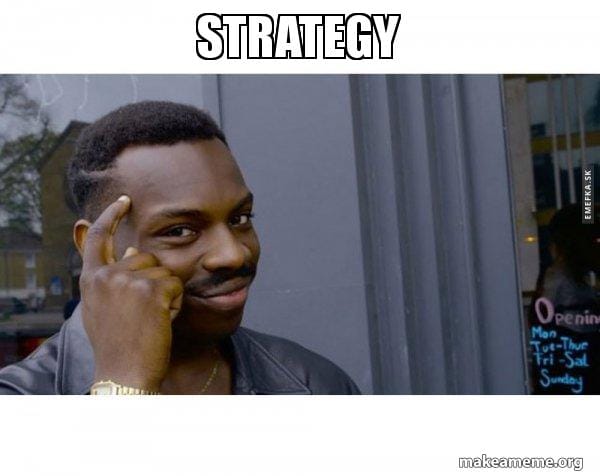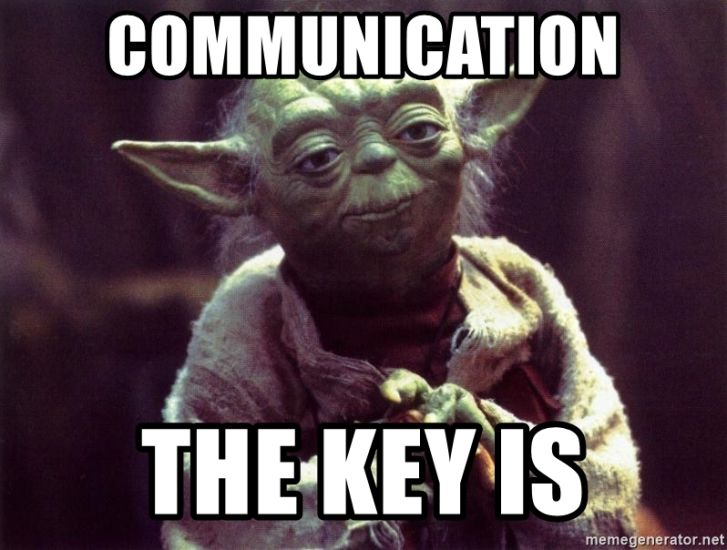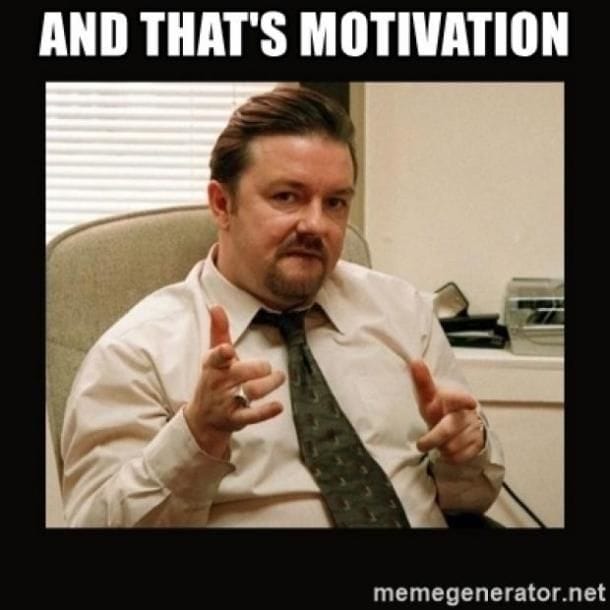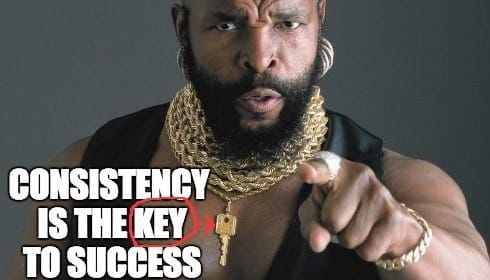Reflections on Kotter’s 8-Step Change Model: A Practical Guide for Navigating Transformation

As I looked at some popular change models, one that still resonates strongly with me is Kotter’s 8-Step Change Model. This framework, developed by John Kotter in his book, Leading Change (1996), is still one of the corner stones in practitioner’s toolkits when it comes to navigating transformations in organizations. The single most compelling thing for me about this model is its clarity and practicality. So instead of just speculating about change it offers tangible steps that contribute to success.
8 Steps to truly own changes:
- Create urgency
- Form a powerful coalition
- Create a vision for change
- Communicate the vision
- Remove obstacles
- Create short-term wins
- Build on the change
- Anchor the changes in the corporate culture
Below is a small dive (a big one would take a book, of course) into the model, step by step, with some of my own reflections and insights on its application.
Step 1. Create a Sense of Urgency

It starts with making the case for change. In the absence of such urgency, even the best-intentioned initiatives can die on the vine. It’s about helping people to understand why change is not only desirable but, for others, simply imperative.
In practice, this often translates to answers to two questions: Why now? and What will happen if we fail to act? Whether it’s a rapidly shifting market, a competitive threat or an internal inefficiency, you must clearly communicate the stakes. Use data to your advantage here - share metrics, customer feedback, or industry trends that illustrate the risks of inaction.
The one thing I have learned is that urgency must feel real. Under manufactured crises, people in the country won’t buy it. Rather than telling a change story through fear or foreboding, frame it through solving a pressing problem or seizing a window of opportunity.
Step 2 Build a Guiding Coalition

No single leader can drive change by themselves. Step two: Bring together a coalition of stakeholders who believe in the vision, and have the social capital and distribution of power to advance the initiative.
First, from my experience, effective coalitions are diverse. They include senior leaders who can lend legitimacy to the efforts, frontline employees who truly grasp the operational realities, and informal influencers who can help rally their peers’ support. A coalition isn’t a committee; it’s a team that owns the change together.
One mistake I’ve made has been to underestimate the importance of commitment. The members of the coalition need not only to be in favor of the change in principle, they need to be champions of the change.In one case, I mistakenly included the wrong person who diluted our campaign and basically became a dead weight. Since then, I’ve made it a point to recruit people who are passionate and who are willing to roll up their sleeves.
Step 3: Design Your Vision and Strategy

A powerful vision is the North Star of any change effort. It offers a clearer understanding of what it is that the organization is working toward and why it matters. A plan without failsafe methods feels aimless, no matter how well structured.
It should be bold but not overconfident, and it must resonate with people on both logical and emotional planes. Instead of starting with a new technology implementation being “an efficiency upgrade,” I’ve found that framing it as “a way to free up time for more creative and meaningful work” is much more successful.
The plan, however, is the blueprint for how to get there. It decomposes the vision into more specific goals, timelines, and action items. I’ve found that a solid strategy gives the right amount of ambition without being unrealistic - setting milestones that push the organization forward but don’t put it on the chopping block.
Step 4: When I’m talking about the vision

No matter how great the vision, it’s not going anywhere if you don’t communicate it well enough. This step is communicating the vision in ways that encourage and engage. This is not a one-time meeting or email where you talk about the vision—it’s repeated multiple times and ideally in multiple forums. Leaders have to incorporate it into every piece of communication, from town halls to one-on-ones.
What has been working for me is when I customize the message to different audience. Senior leaders might be interested in the financial implications, but frontline workers want to understand how the change will affect their day-to-day tasks. The tone matters as well — use phrasing that is transparent, positive and reflects your organization’s culture.
My favorite tool for this step is storytelling. Providing real-life examples or personal stories on how the change will impact their lives make the vision more tangible and relatable.
Step 5: Inspire Employees to Transform the Vision into Reality

Change initiatives commonly stumble on employees’ sense of having to fight against hindrances — be they outdated processes, unclear priorities, or insufficient resources. This requires identifying and removing any such barriers and creating an environment that empowers employees to act with confidence.
For me, this has meant taking action in finding and removing roadblocks. For instance, some time ago, while building an outsourcing company, we discovered that employees were reluctant to use a new system because they hadn’t been adequately prepared for it. With sign-on hands-on workshops and after-sales service, we converted scepticism into enthusiasm.
Encouraging ownership is an aspect of empowerment as well. Their engagement soars when they no longer see themselves as the passive recipients of change but as active contributors to it. Give credit and cheer for their contributions - it goes a long way to creating momentum.
Step 6: Create Short-term Wins

Change can be intimidating, which is precisely why celebrating early victories is so important. Short-term wins offer evidence that the effort is yielding results, elevating morale and reinforcing commitment.
In my experience, those wins don’t have to be big - they just need to be visible and meaningful. For instance, when we introduced a new process, we celebrated a small yet significant milestone: reducing time spent from 20% of the total time we used to take. That visible progress motivated the team and rendered the larger goal seem attainable.
The secret is to anticipate these wins early on.” Identify low-hanging fruit and establish goals that are achievable in the short term, weeks or months, not over years. Document and share such successes widely - they are evidence that the change is working.
Step 7: Consolidate Gains and Produce More Change

One of the most difficult aspects of change management is sustaining the momentum. It’s easy, after some initial victories, to declare victory too soon. This step is making sure you resist that urge, and that you ride the momentum of early wins into the deeper issues.
I’ve learned to keep steering the focus to continuous improvement. Once we had successfully wrapped the new process in one department, for example, we applied what we learned to roll it out to other teams. This iterative process allows for gains to build upon each other while creating a culture of adaptability and learning.
Step 8: Anchor the Changes in the Culture

The last step is to institutionalize the change. Embracing the new approaches as the organization’s culture is the key to long-term success. That involves aligning change to core values and integrating it into performance metrics and ensuring that the leaders model the desired behaviours.
In my experience, cultural reinforcement is always about consistency. Leaders need to walk the talk and the new norms need to be supported by the systems. After implementing a customer-first initiative, we updated our recognition program to acknowledge employees who delivered exceptional customer service.
It’s also essential over time to reexamine and reinforce the change. Sometimes even well-adopted practices will erode over time if not actively maintained.
Final Thoughts

While Kotter’s 8-Step Change Model has served as a comprehensive framework, I’ve also gravitated toward it because it is an adaptable one. No matter what scale transformation you are doing, the principles still apply - whether you’re leading a large-scale transformation or making incremental improvements.
What resonates most with me is the model’s focus on people — creating urgency, creating a shared vision and empowering people to be a change agent. Successful change is, at its essence, more than strategies and plans; it’s about getting people to move forward together.
For anyone leading change or in the trenches with an organization experiencing change, this is a roadmap for confronting challenges while amplifying opportunities to ensure lasting impact.
See ya.